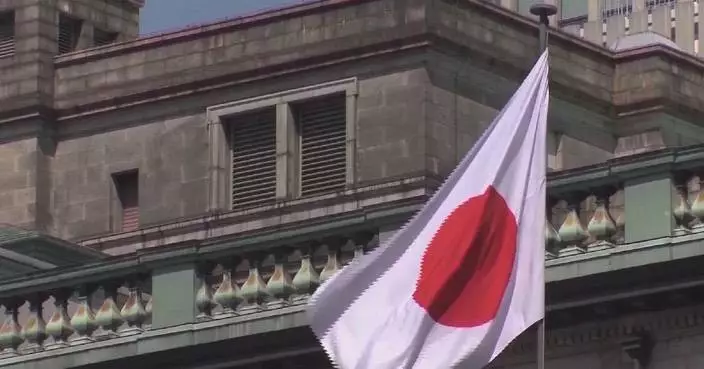The centuries-old "San Yue Jie" ethnic festival in Dali, southwest China's Yunnan Province, is creating a buzz and boosting local tourism and consumption.
Literally translated as "March Fair," the grand event has been held annually in the third lunar month since the Tang Dynasty, some 1,300 years ago, and is now celebrated by various ethnic groups such as the Bai, Yi and Hui in the region.
Throughout the week-long festival, locals and tourists flocked to the fair to trade a wide range of goods, including local snacks, traditional medicinal herbs, decorations, and daily necessities.
"The natural and ethnic charm here is palpable, with many locals dressed in traditional costumes selling items we rarely see in the big cities. It is so much fun," said Fang Yujiao, a tourist.
"It is so lively and crowded here. I notice that it's not just tourists like me. Many locals also come to shop," said Peng Weiyu, another tourist.
The restaurant is also very hot currently. Hu Xiusong, a vendor of Dali's must-eat dish, braised chicken, said they have had very busy days.
"Typically, customers have to wait in line for our meals during peak dining hours from 17:00 to 19:00. We sold about 400 to 500 chickens a day for the past three days," said Hu.
Li Tao, general manager of Dali Municipal Cultural Tourism Investment Development Company, said San Yue Jie has become a cultural festival with traditional performances and horse races, and the integrated event contributes to the local tourism.
"Based on the number of visitors in the first three days, the event is expected to attract more than two million visitors," said Li.

Yunnan Province seeks to boost consumption through unique ethnic culture
Although the heavy rainfall that ravaged southern Brazil has abated, high floodwaters remain in Porto Alegre, the capital of the Rio Grande do Sul state.
Over 600,000 people have been evacuated from the region amid ongoing and extensive rescue efforts.
Since April 29, three weeks of relentless floods have ravaged southern Brazil. Vast areas remain submerged, displacing residents and leaving a path of destruction. Experts warn the receding of waters could take weeks, posing a significant challenge to recovery efforts.
Laura Cardos, a driver, has become a community volunteer in one of the hardest-hit areas, helping evacuate trapped locals by boat. Together with her partners, she has helped more than 500 residents reach safety and rescued hundreds of animals.
"My home was not affected by the flood. We are here to evacuate trapped people by boat. It feels like we are the ones suffering. We do feel exhausted because we have been evacuating people for the past 10 days. However, as the floodwaters have not receded and may still rise, we will steadfastly continue our efforts," said Laura.
Many neighborhoods in the state are now surrounded by floodwaters, and the risk of new flooding remains high.
In Sao Leopoldo, a few kilometers north of the state capital, some residents insist on staying in their homes to prevent theft and to repair flood-damaged furniture.
"I have lived here for 44 years and have never experienced a flood like this. When I was five, there was a flood, but the water only came up to my knees. This time, the flooding is terrible and has taken away everything from many people," said a local resident.

Severe flooding in southern Brazil displaces over 600,000 as recovery efforts continue










